Exploring Climate Solutions Webinar Series
Brought to you by the Governor’s Council on Climate Change (GC3)
Leticia Colon de Mejias
CEO, Energy Efficinecies Solutions
President, Green Eco Warriors

Advocacy & Outreach related to Energy Efficiency, Building Science, and Climate Change
Brought to you by the Governor’s Council on Climate Change (GC3)
Leticia Colon de Mejias
CEO, Energy Efficinecies Solutions
President, Green Eco Warriors
Health and safety problems often cause barriers that prevent full weatherization from being completed in homes that could otherwise achieve significant energy savings. Common health and safety barriers include elevated CO levels or gas leaks, mold, friable asbestos, vermiculate insulation that may contain asbestos, and knob and tube wiring. The Health and Safety Barriers to Weatherization Study aimed to evaluate the scale and nature of these problems in Connecticut, assess where they are most likely to occur, determine whether data about these problems is being effectively collected and tracked, and what might be some strategies for minimizing health and safety barriers to weatherization.
Based on a review of existing studies carried out in Connecticut, interviews with key stakeholders, and a detailed qualitative and quantitative survey
administered to vendors working for EnergizeCT in United Illuminating’s service territory, the main findings of this study are …
Engage + Educate + Advocate + Collaborate + Innovate
= Positive Equitable Energy Policy Outcomes
Many of us are focused on “Climate talk”, “Carbon Talk”, “Clean Energy”,
“Green Energy” , EV policy, EV infrastructure build outs, Wind, Solar,
Geothermal, Transportation, workforce, Ratepayer Funds, Green Bank
Programs, Outreach needs, highest carbon emitters, where to start, who
should pay for all of what we want as goals, who should be allowed to use
incentives, who can’t use the incentives and programs, what they can be used for, cost effective testing, what is the best plan to lower carbon, protect health, mitigate climate change, grow our economy, lower energy burdens, close affordability gaps, protect water and air, educate people, ensure Equity for all, and what steps we need to take this year to lay the foundation for our success. Because without a plan a goal is just a wish…..
Equity starts by recognizing that there are disparities and inequities in living conditions. Some communities lack resources, lack political power, lack access to higher education, or have poor health outcomes. These examples place low-income communities and many communities of color at greater risk while limiting their capacity to adapt.
Equity based Planning takes these disparities into account.
Thank you to all Climate Action seekers, defenders of the Planet, and those who value Energy Efficiency, Conservation, Clean Energy, Economic Growth, Environmental Advocacy, Human Health, Clean Public Transportation, Local Green Jobs, Healthy and Affordable Housing, and Water as a Public Right!

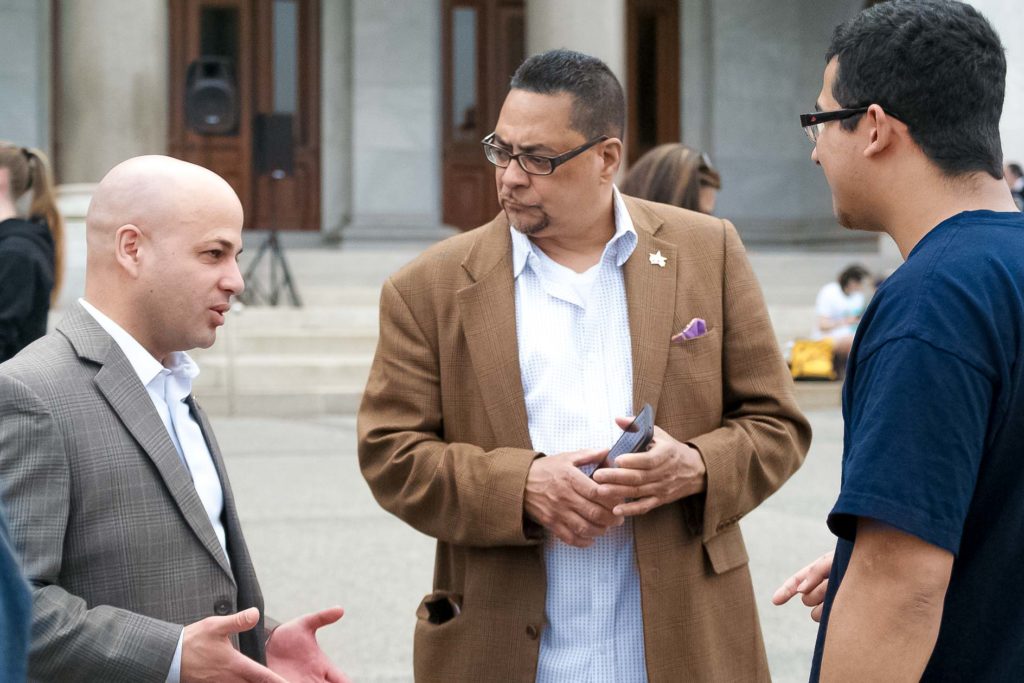

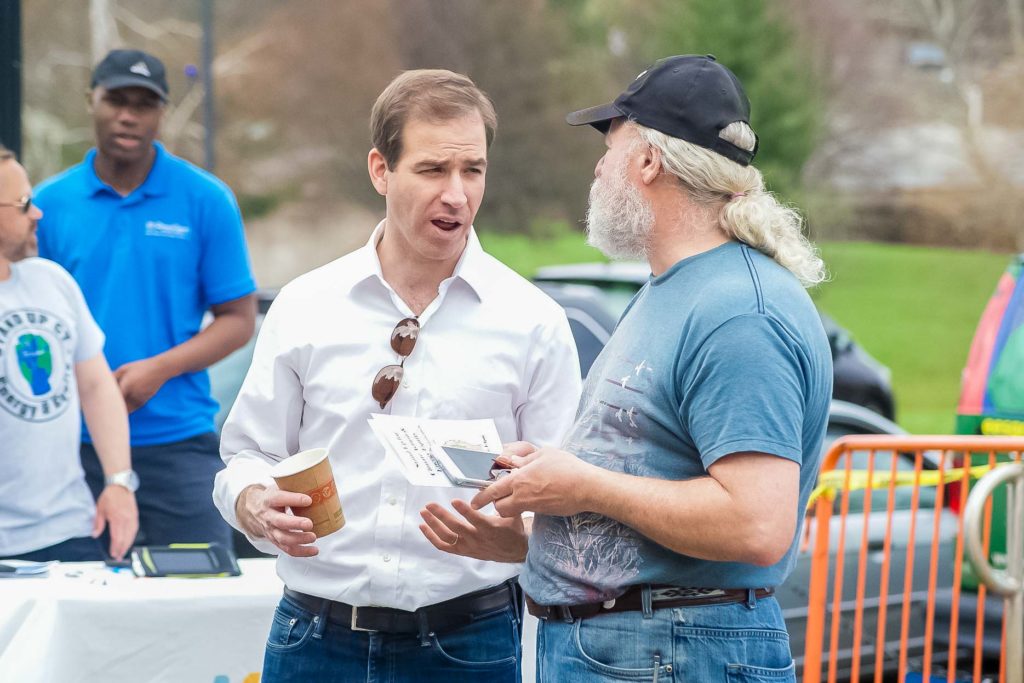

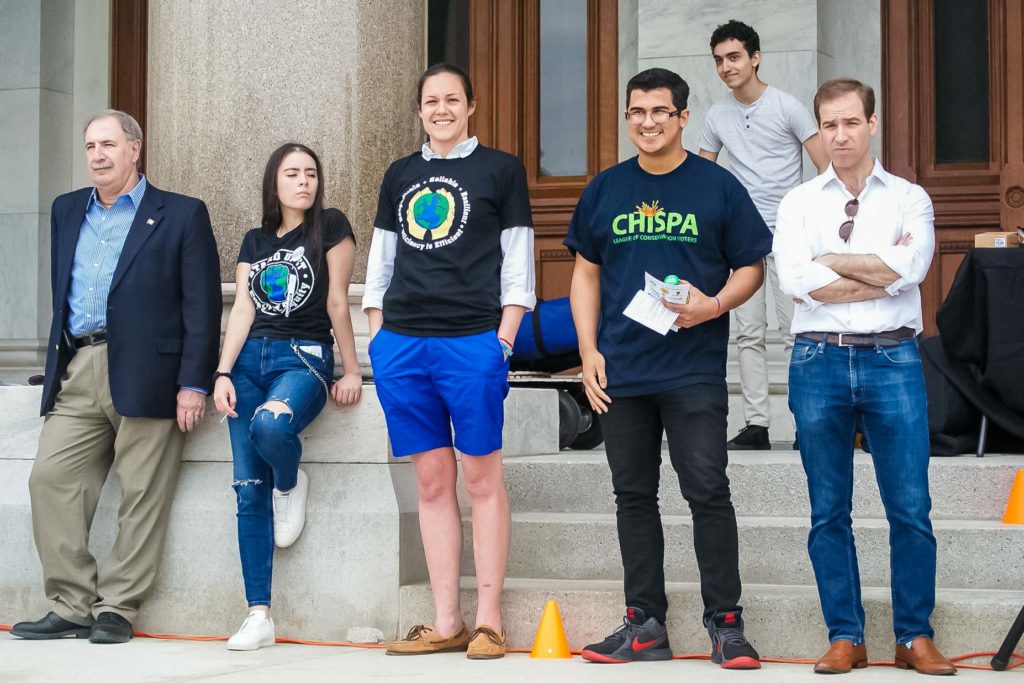
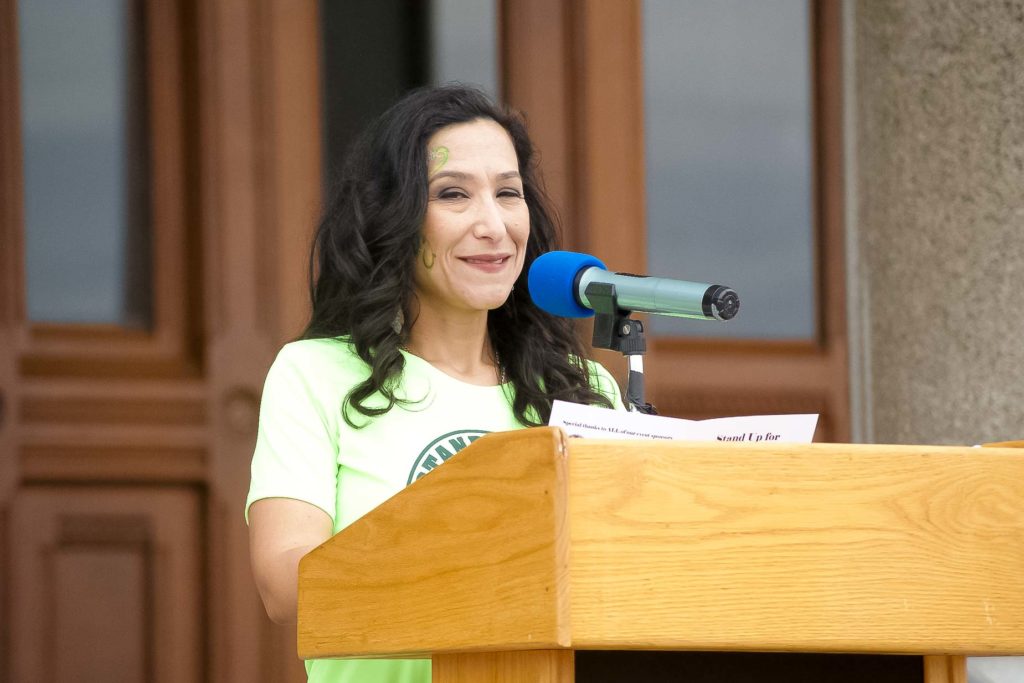
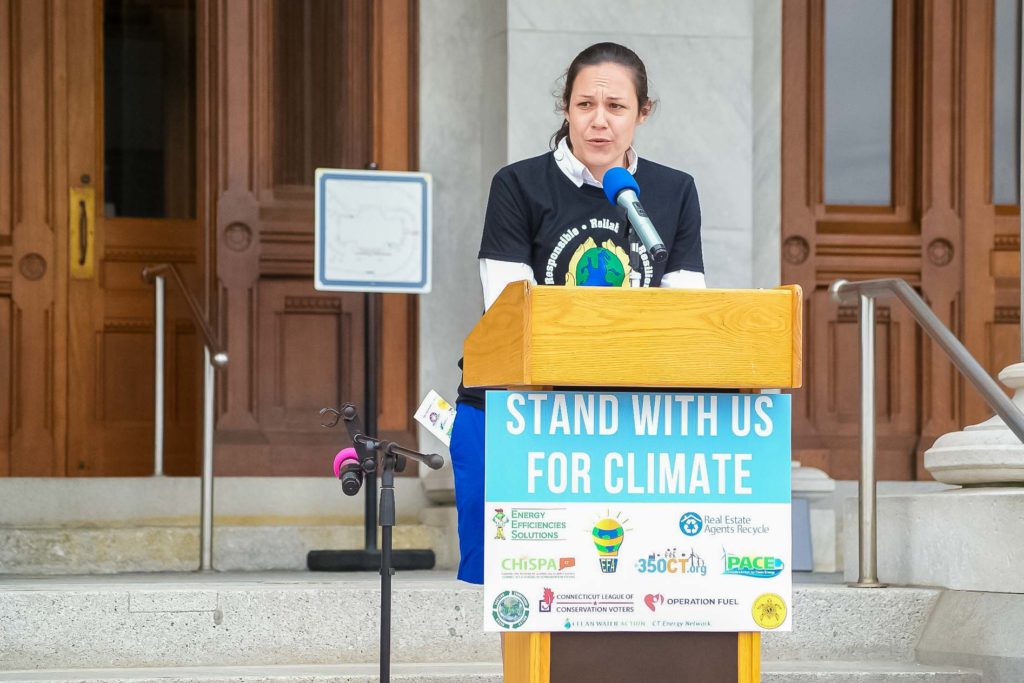

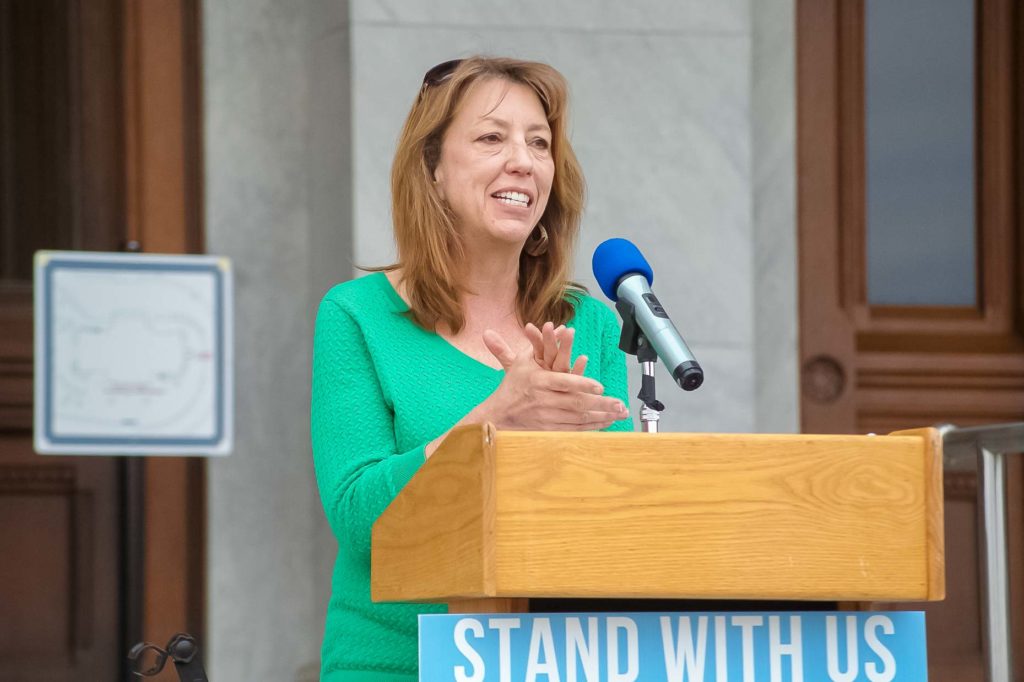
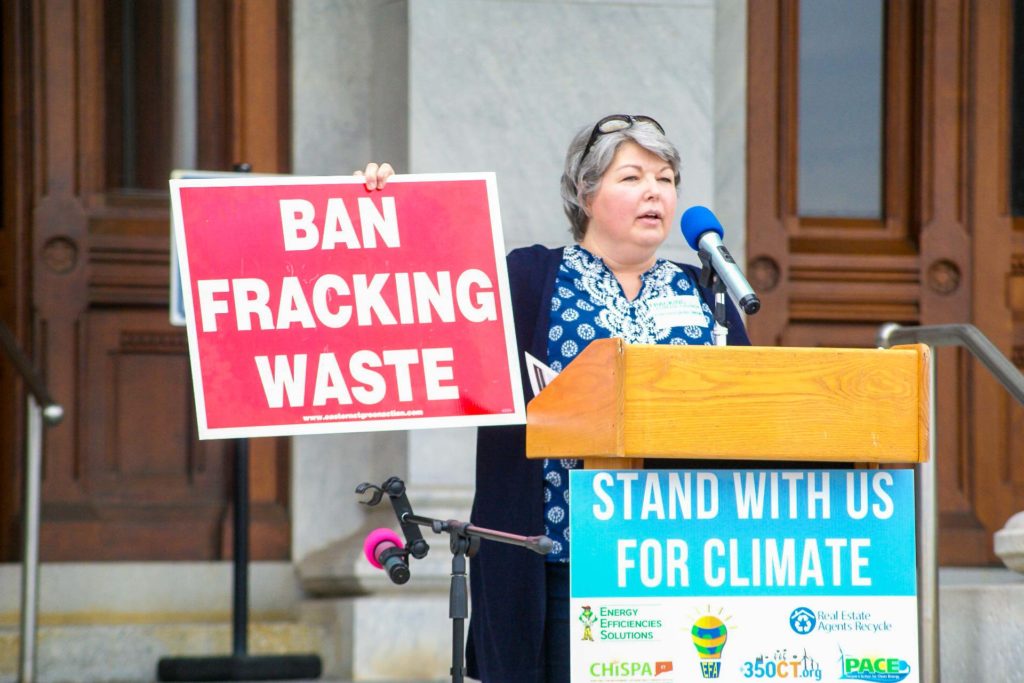
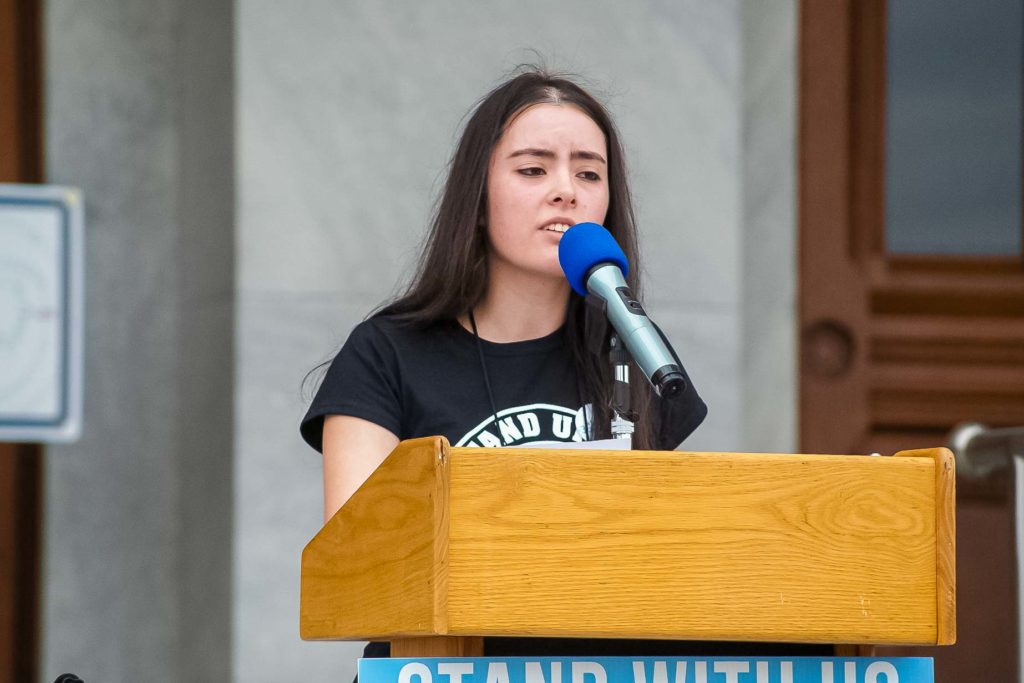
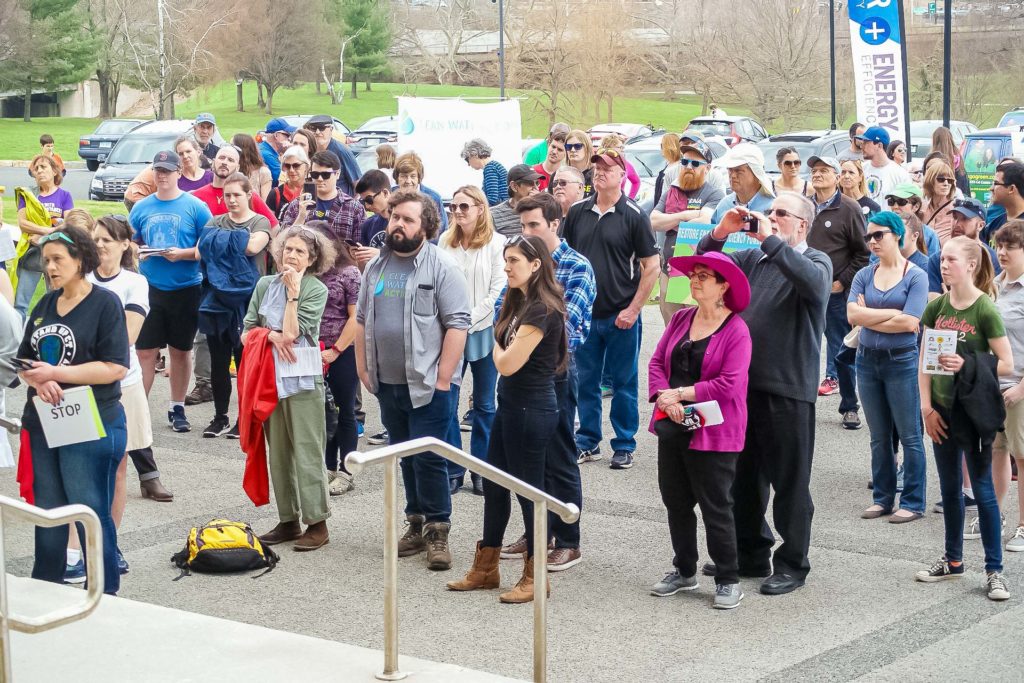
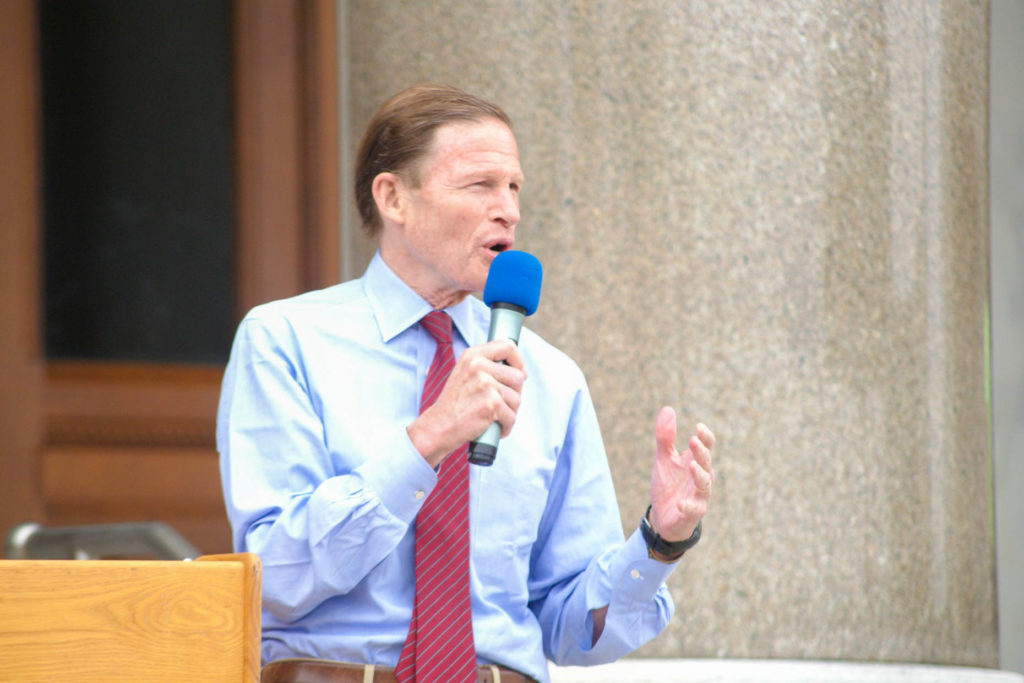
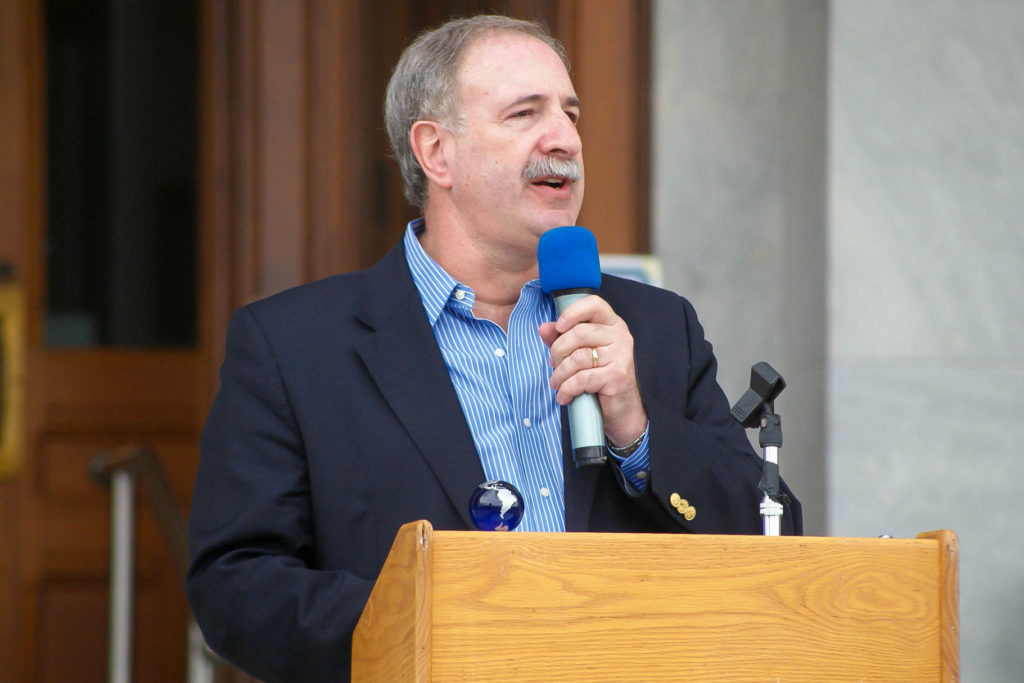


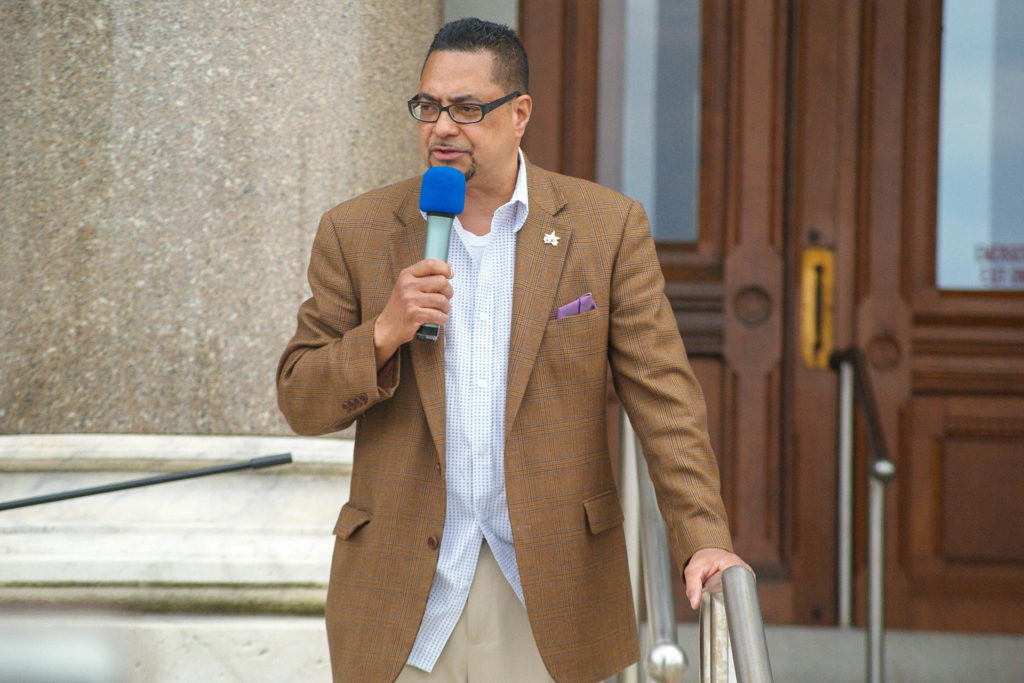




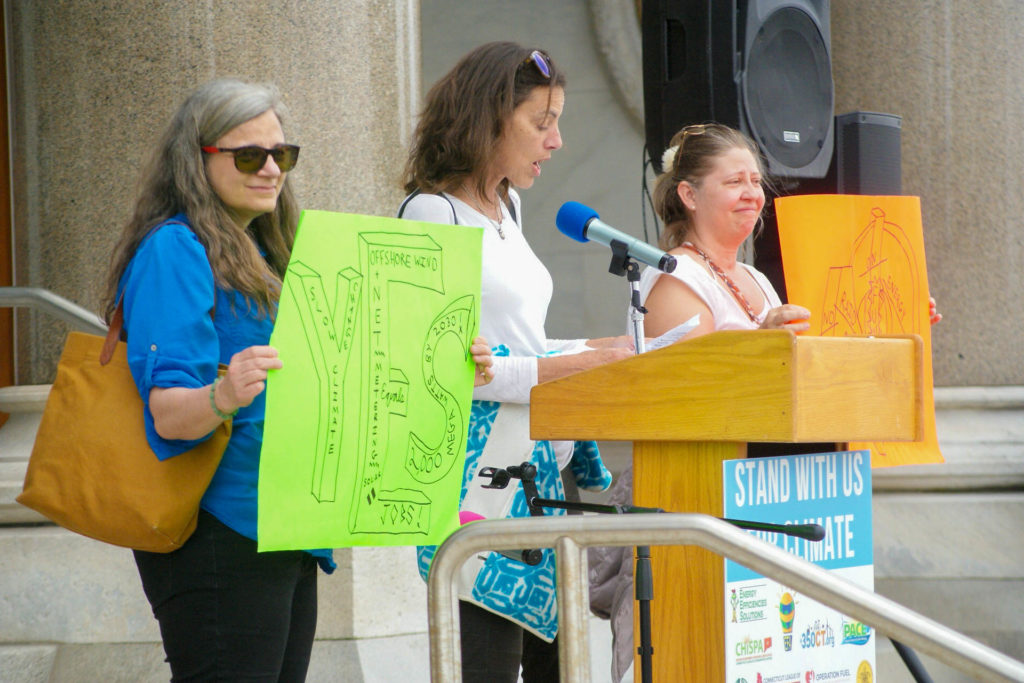


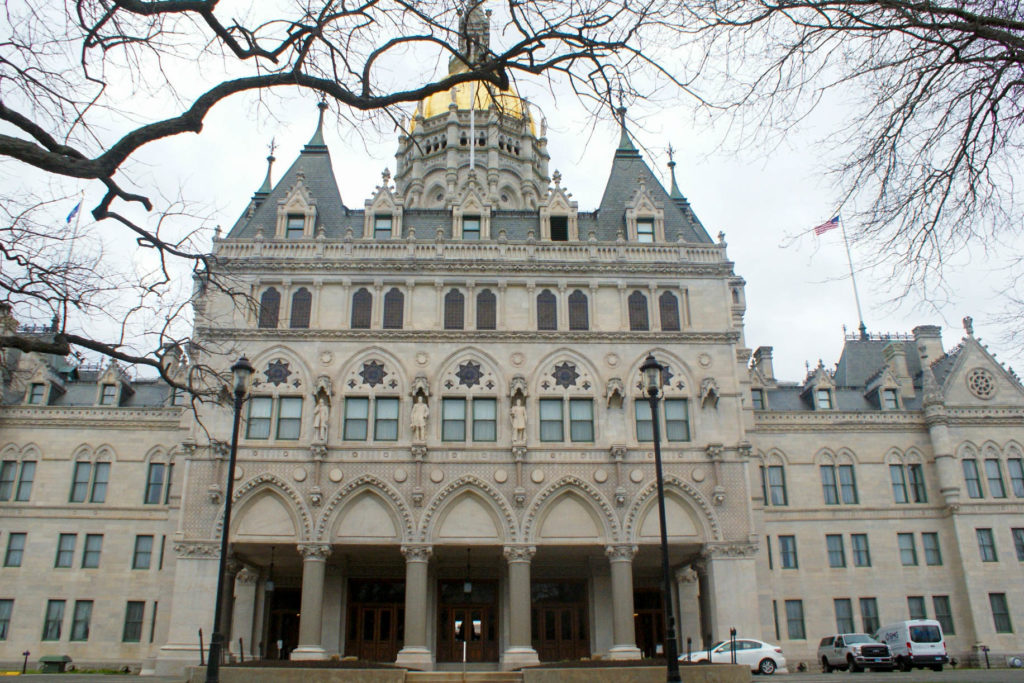
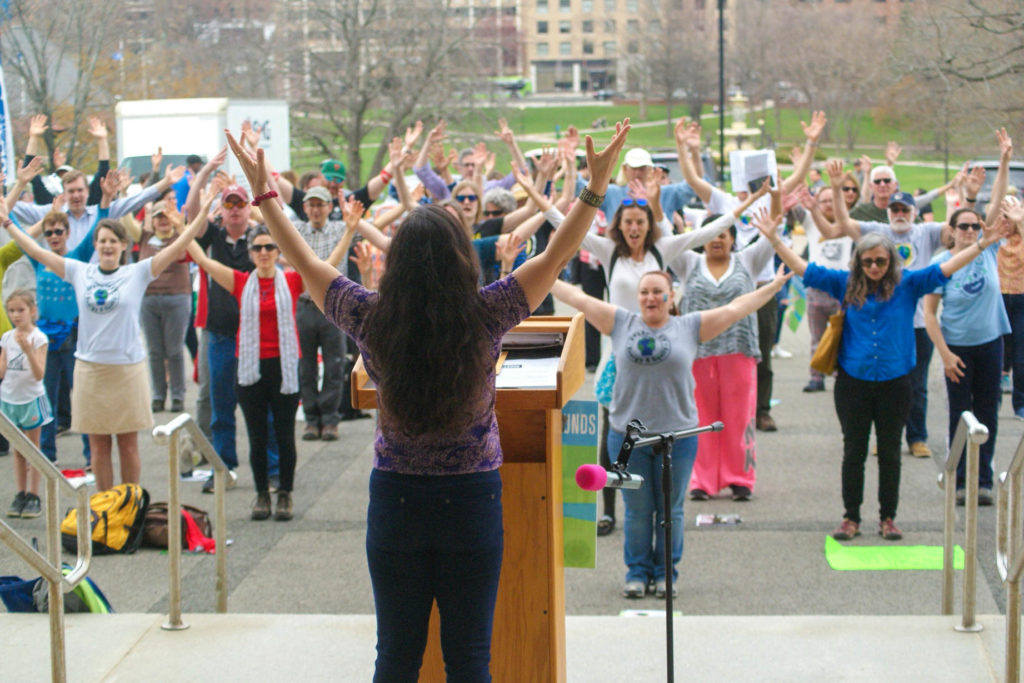
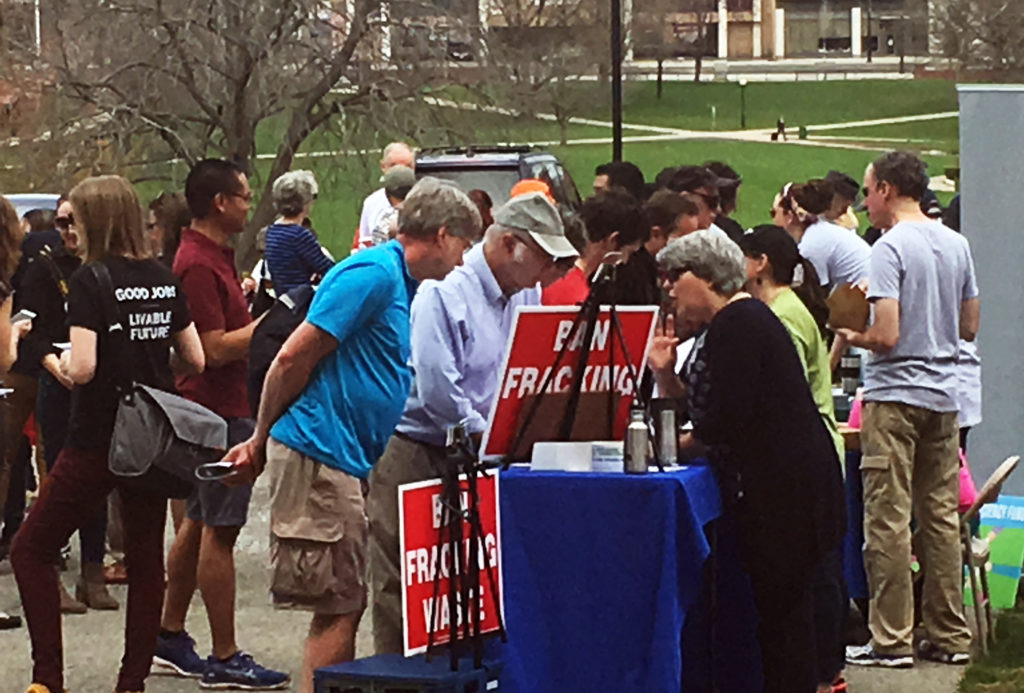
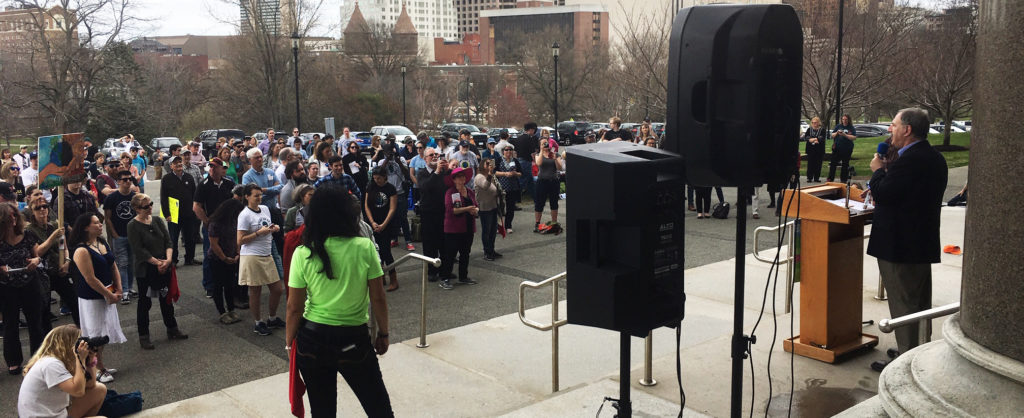

Calling All Climate Action Seekers, Defenders of the Planet, and Those Who Value Energy Efficiency, Conservation, Clean Energy, Economic Growth, Environmental Advocacy, Human Health, Clean Public Transportation Local Green Jobs, Healthy and Affordable Housing, and Water as a Public Right!
We are STANDING UP FOR CLIMATE & ENERGY EQUITY as part of our collaborative call for responsible energy policies to fight climate change, protect public health, and create good, local jobs!


 Dear Friends and Supporters,
Dear Friends and Supporters,
Below, please find the bills that we could use your support on at the Capitol.
Please write letters in support of these bills.
Call your representatives and ask them to have these bills called on committee.
If you are at the Capitol please speak to your representative or senators about energy efficiency.
Help support Connecticut residents and the planet!
Sponsor(s): Rep. Jonathan Steinberg (136); Rep. Jonathan Steinberg (136)
Committee(s): Finance, Revenue and Bonding
*Current status: Referred to Joint Committee on Finance, Revenue and Bonding (1/23)
Sponsor(s): Rep. Joseph P. Gresko (121); Rep. Jonathan Steinberg (136)
Committee(s): Finance, Revenue and Bonding
*Current status: Referred to Joint Committee on Finance, Revenue and Bonding (1/9)
Sponsor(s): Rep. Laura M. Devlin (134)
Committee(s): Finance, Revenue and Bonding
*Current status: Referred to Joint Committee on Finance, Revenue and Bonding (1/16)
Sponsor(s): Rep. Jonathan Steinberg (136)
Committee(s): Finance, Revenue and Bonding
*Current status: Referred to Joint Committee on Finance, Revenue and Bonding (1/23)
Sponsor(s): Rep. Mary M. Mushinsky (85)
Committee(s): Environment
*Current status: Referred to Joint Committee on Environment (1/28)
Sincerely,
Efficiency For All

Connecticut’s Home Energy Affordability Gap increased in 2017 relative to the prior year. As has been true for several years, home energy costs continue to pose a crushing burden to low- income residents of the state. Particularly for households with incomes in “Deep Poverty,” home energy
costs threaten not only the ability of Connecticut households to retain access to energy services, but also threaten access to housing, food, medical care and other necessities of life. The Home Energy Affordability Gap in Connecticut leaves an aggregate Gap substantially higher than available assistance resources. The size of the Affordability Gap indicates the extent of the home energy affordability crisis in Connecticut.
Home energy unaffordability in Connecticut is a statewide phenomenon. It affects areas of the state both rural and urban. It affects areas of the state both North and South, both East and West. The discussion below continues a series of annual reports examining home energy affordability in Connecticut. The Home Energy Affordability Gap measures the dollar amount by which actual home energy bills exceed affordable home energy bills. In this respect, “affordability” is examined in terms of home energy burdens, bills as a percentage of income. For example, if a Connecticut household has an annual income of $12,000 and an annual home energy bill of $3,000, that household has a home energy burden of 25% ($3,000 / $12,000 = 0.25). An affordable home energy burden is set at 6%.¹
¹ The 6% is a calculated figure. It is based on the premise that utility costs should not exceed 20% of shelter costs. Moreover, it is based on the premise that total shelter costs should not exceed 30% of income. 20% of 30% yields a affordable utility burden.
To learn more about the affordability gap in Connecticut, please find the full report here, or contact:
75 Charter Oak Avenue, Suite 2-240
Hartford, CT, 06106
January 12th, 2019
Connecticut Energy Leaders, Task Force Advocates, and community members came together to collaborate around equity, affordability, the environment, and human health.























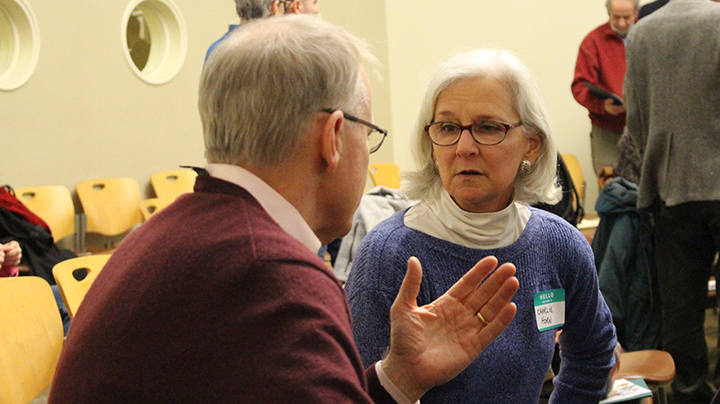



Presentations from the event are available below:
Faces & Facts of Energy Efficiency – The Unsung Story of a Champion Presentation will be available shortly.
Support our work. Please donate:
To request an event or seminar at your location email us at:
contactus@efficiencyforall.org, or call us at 860-337-2239